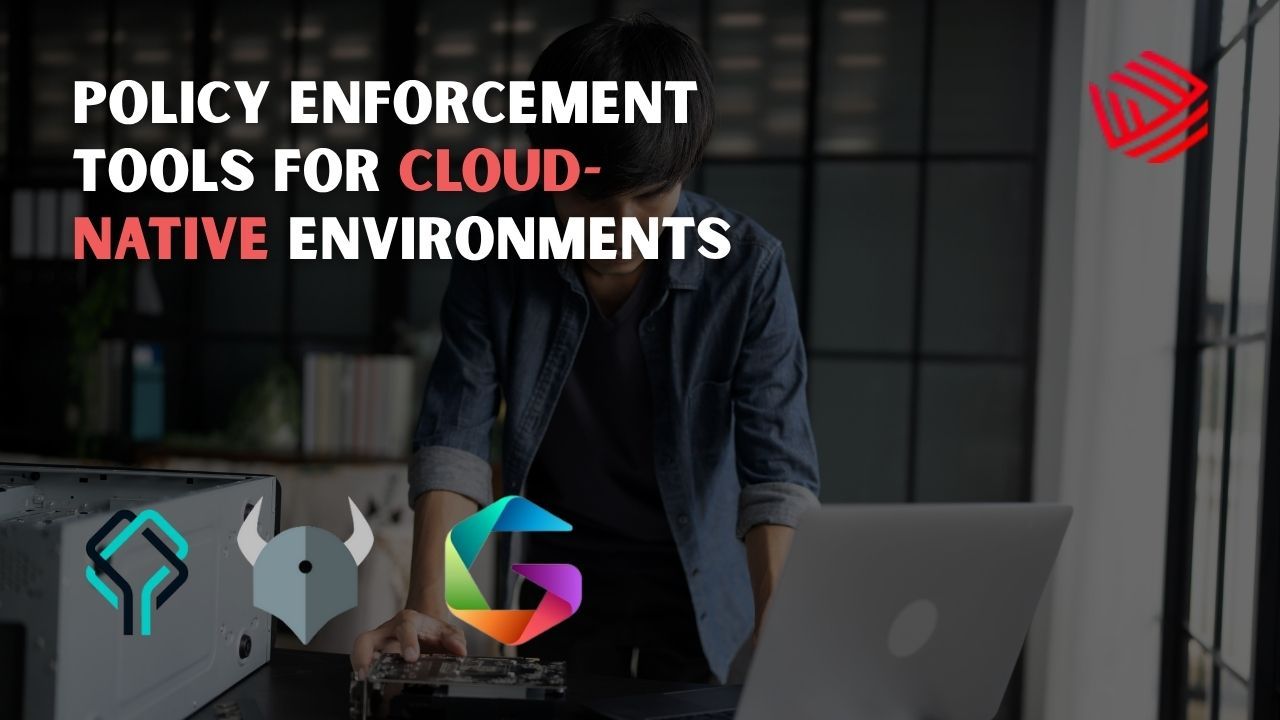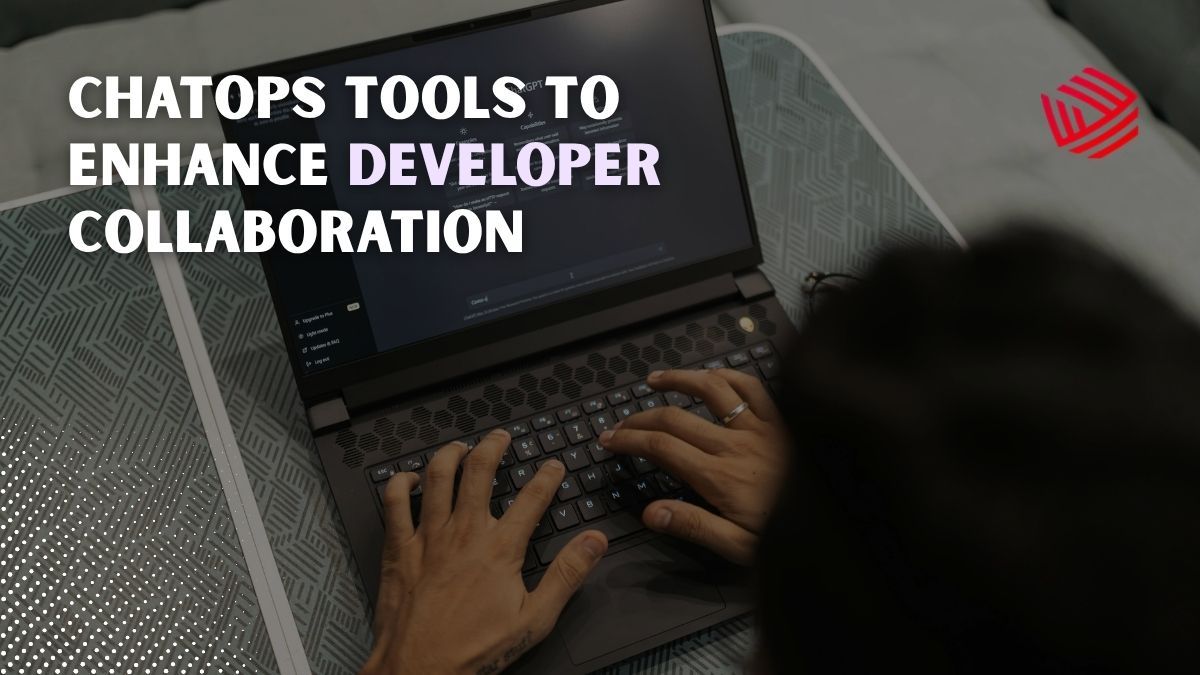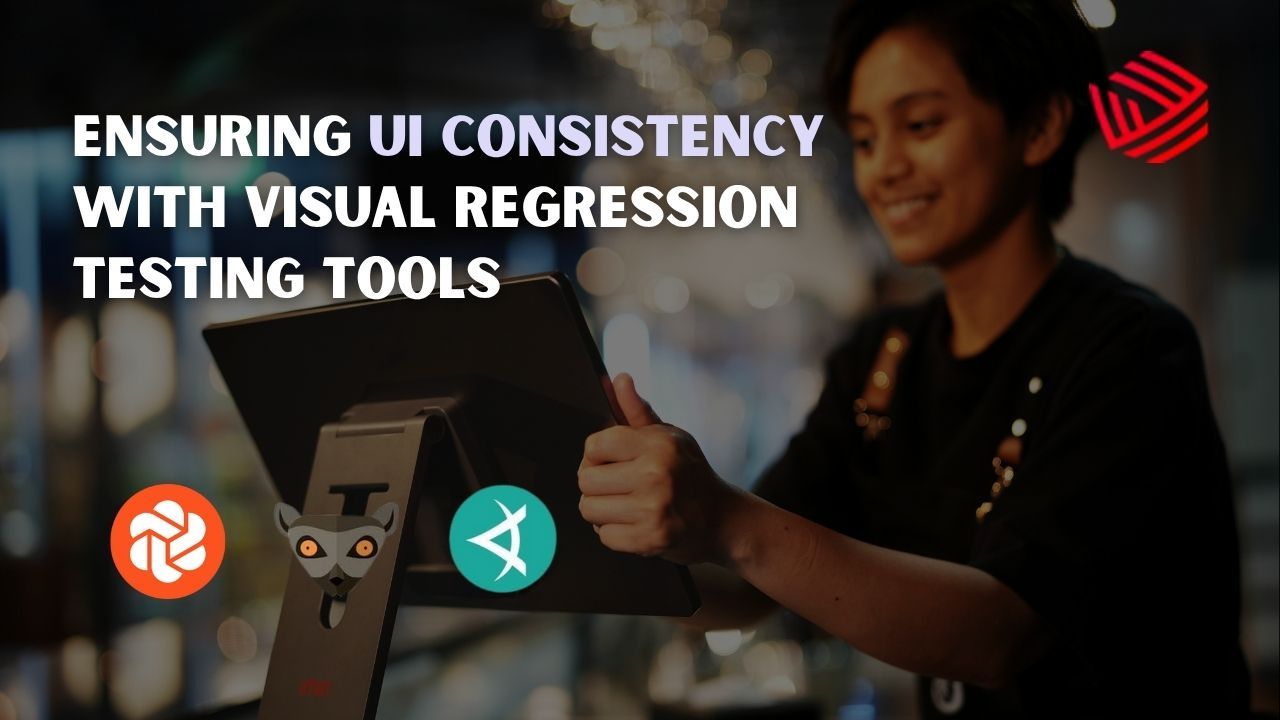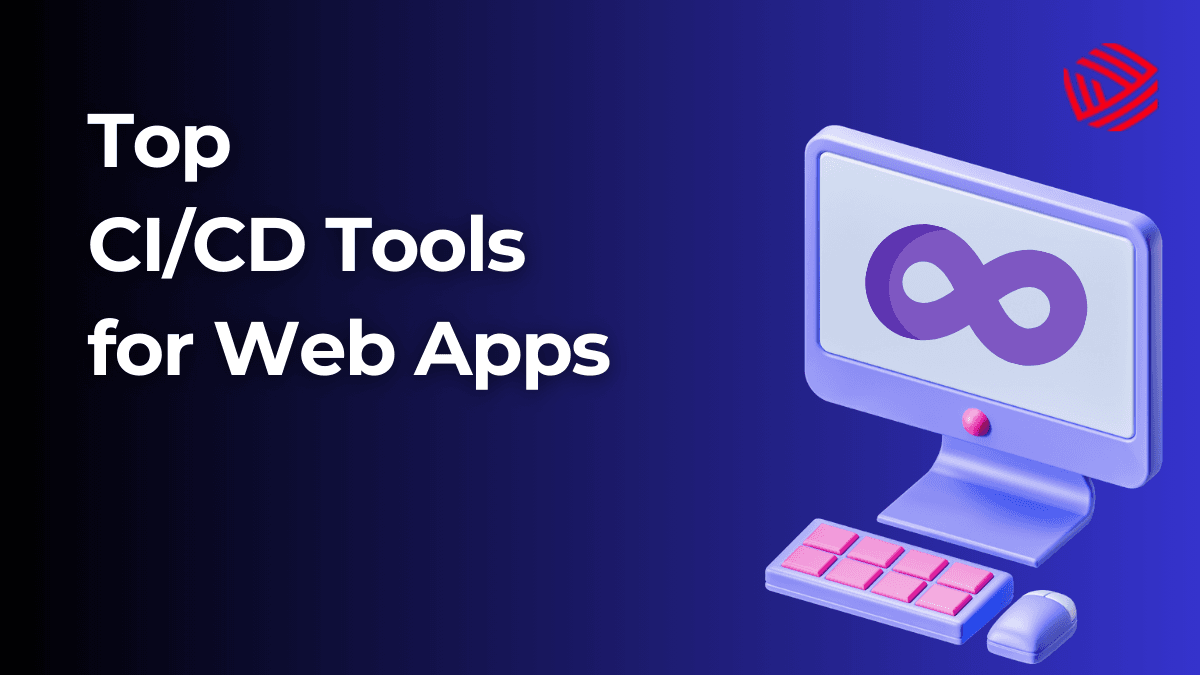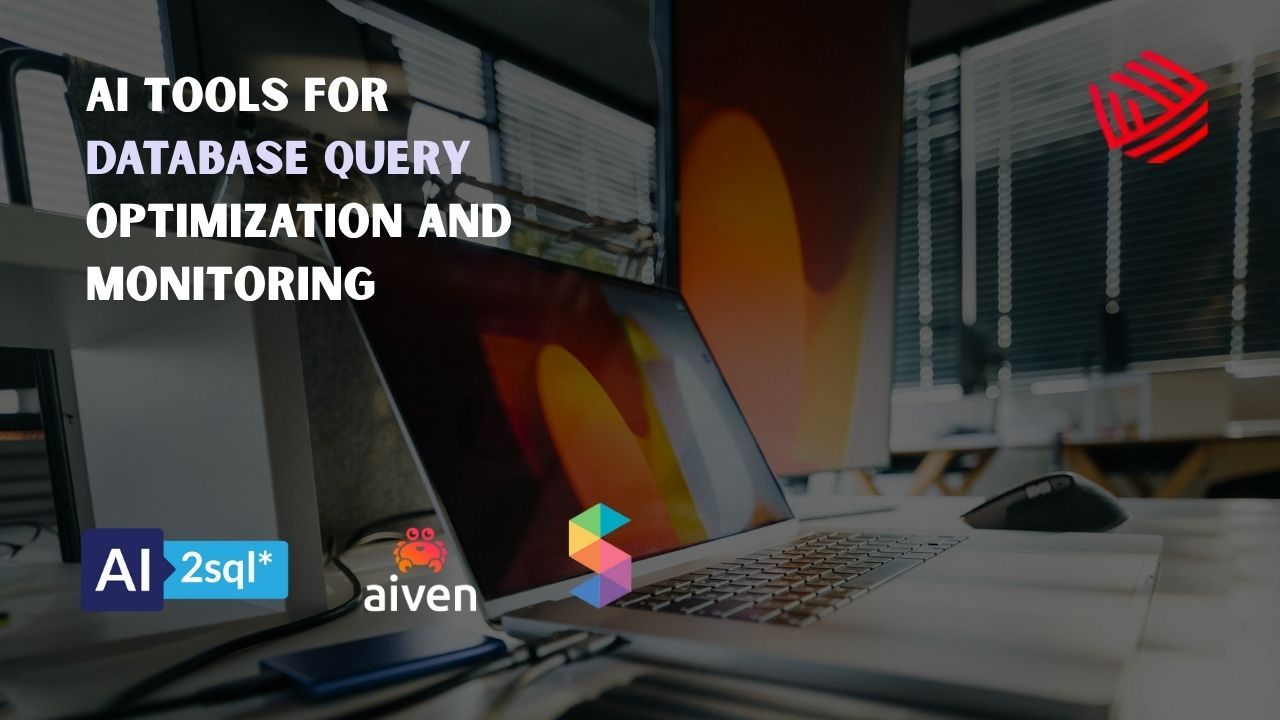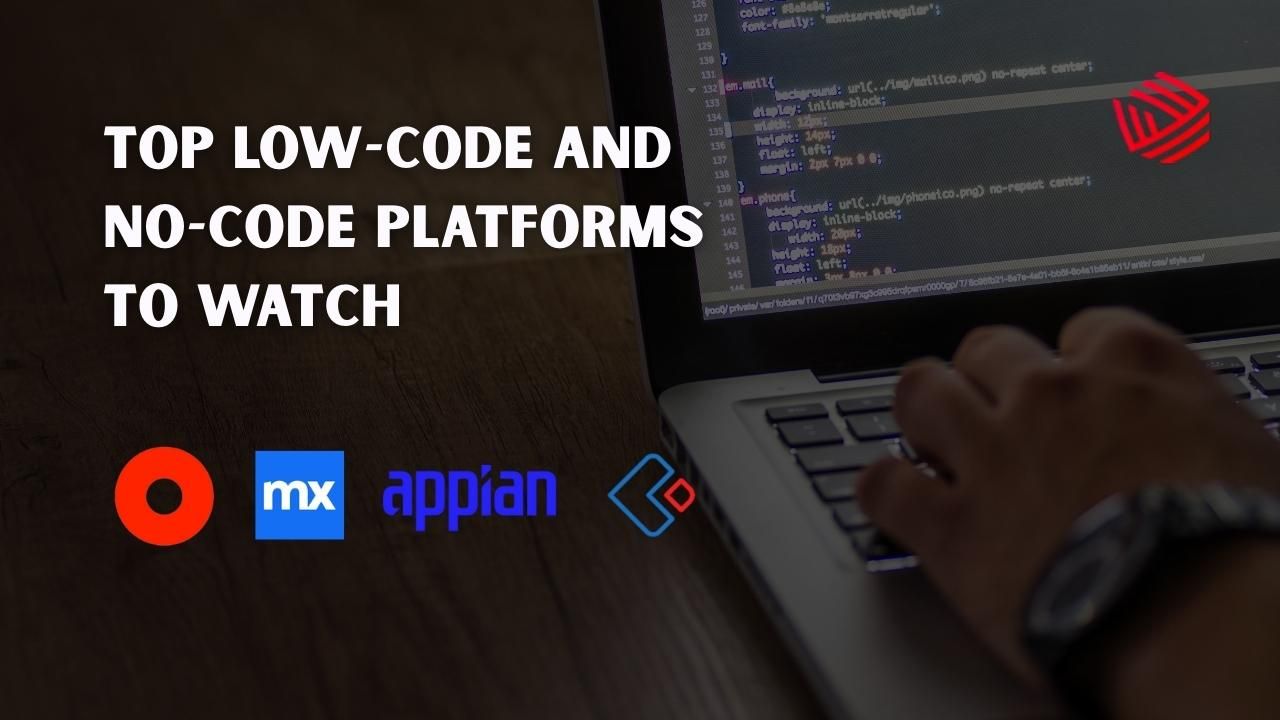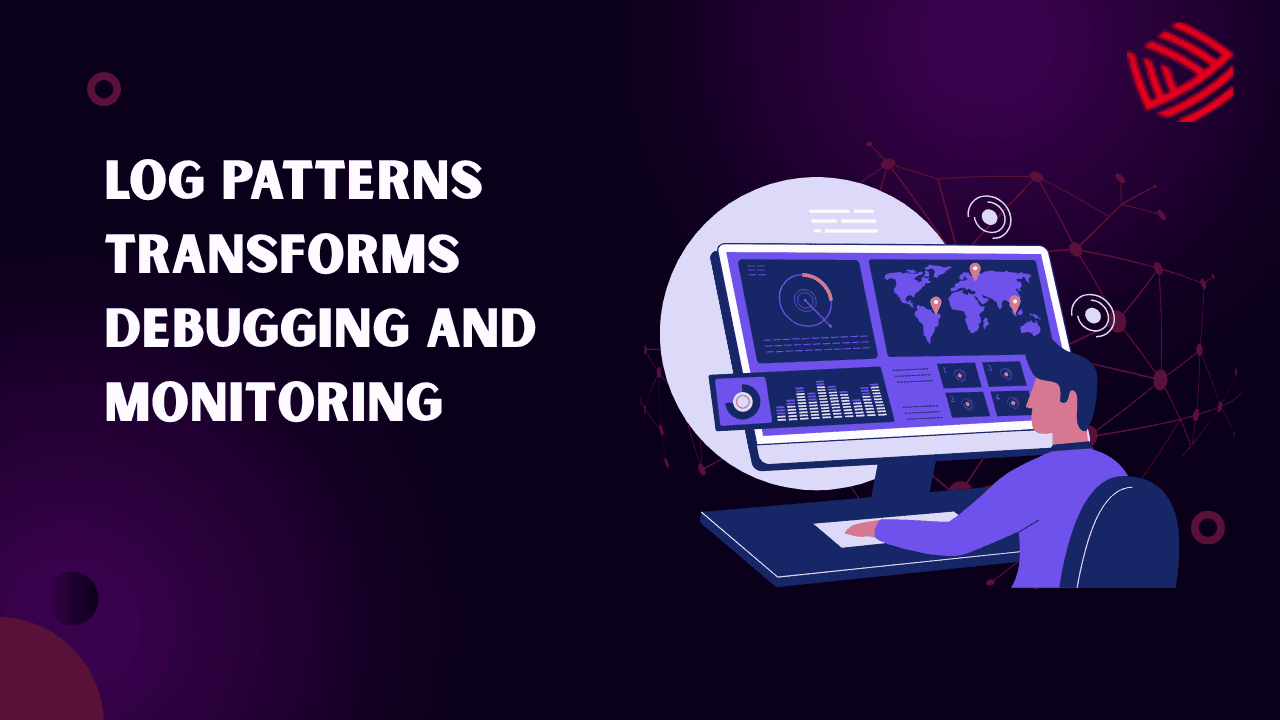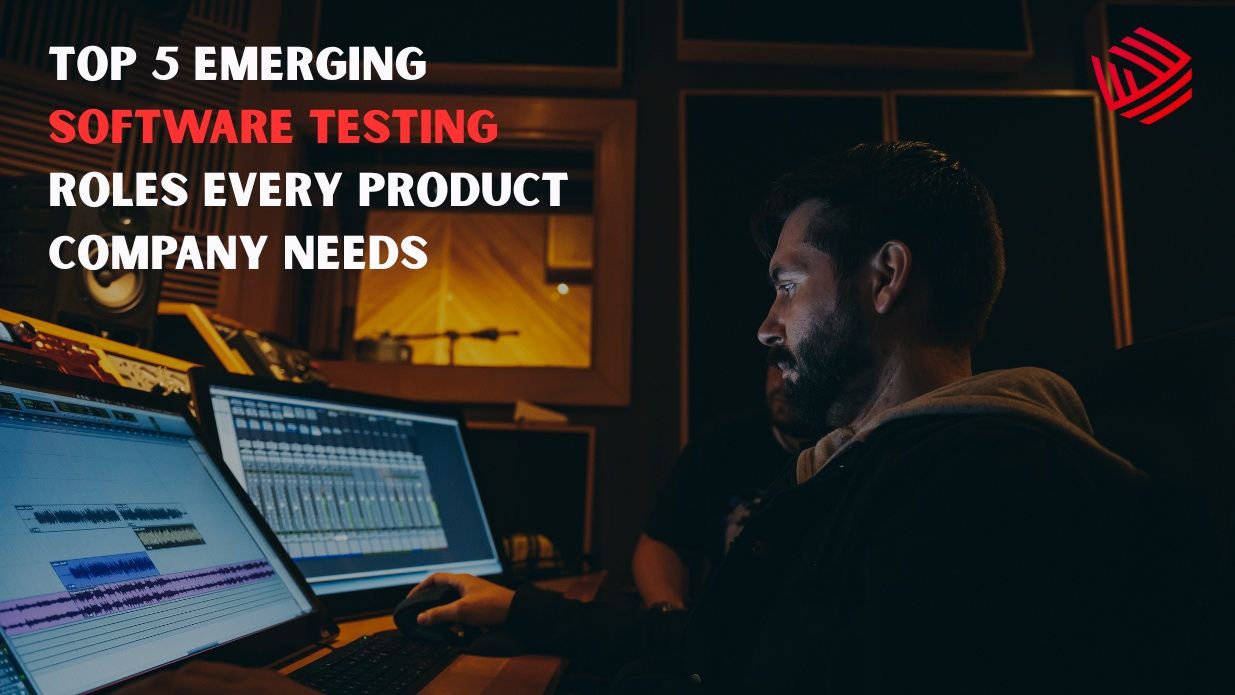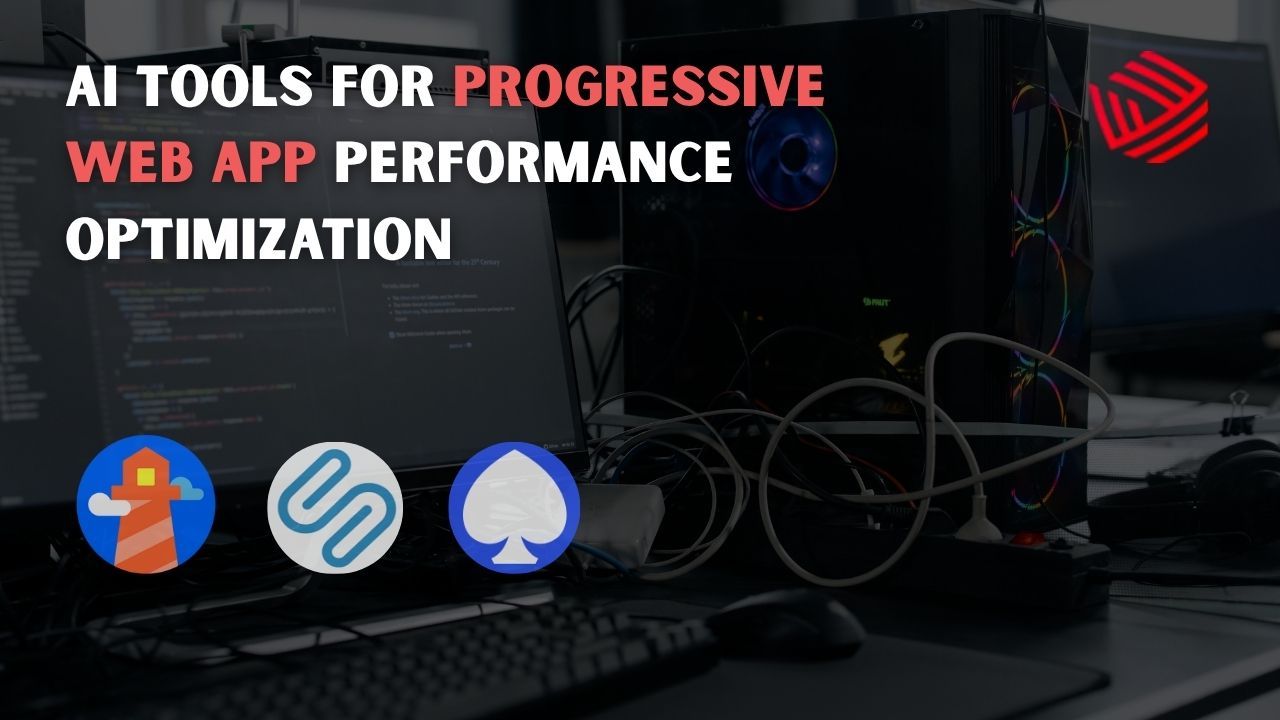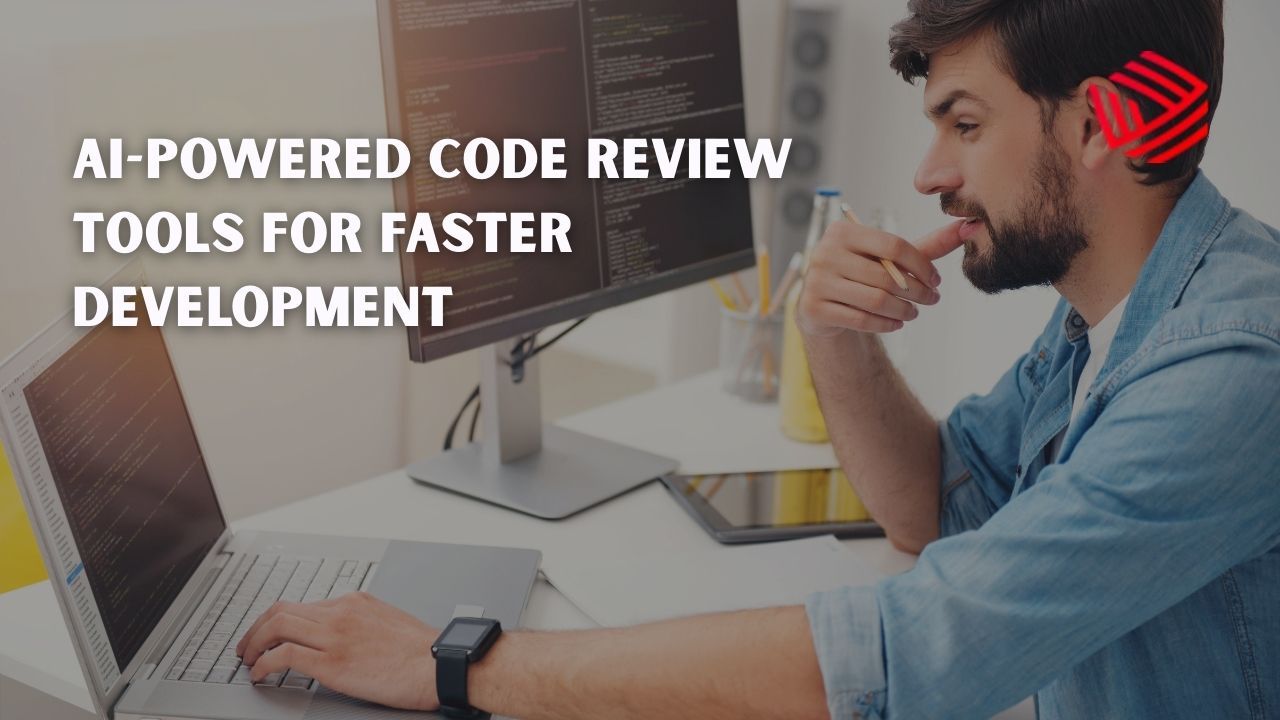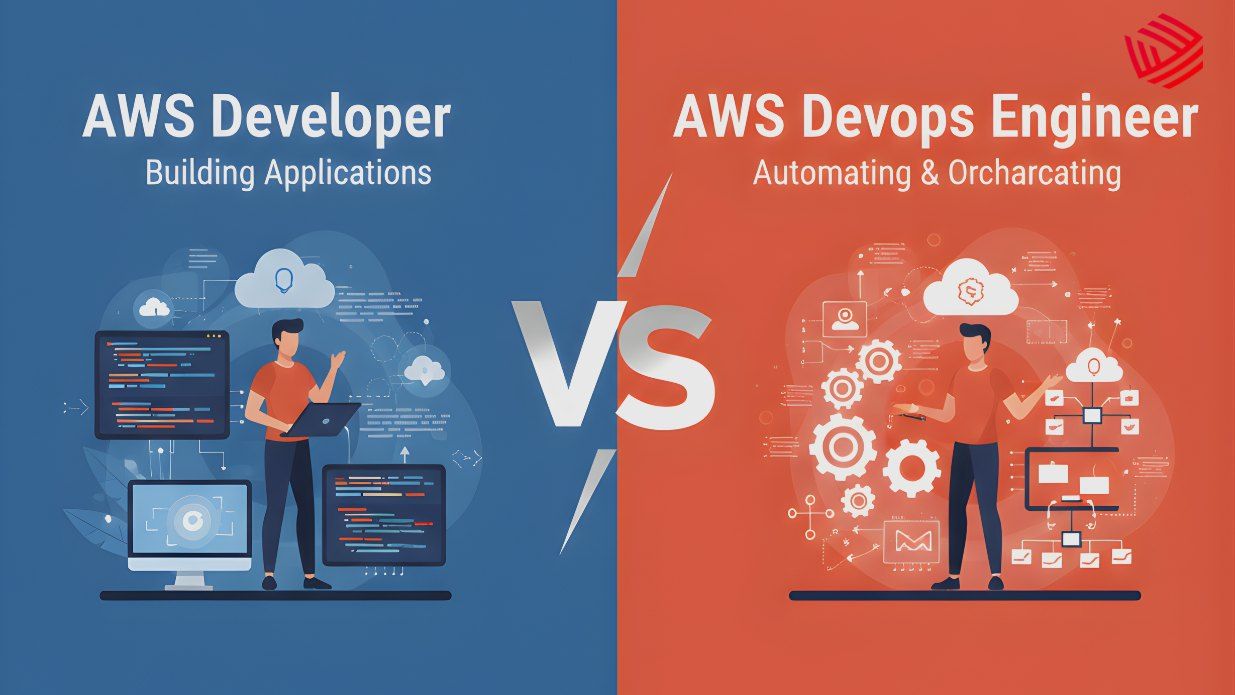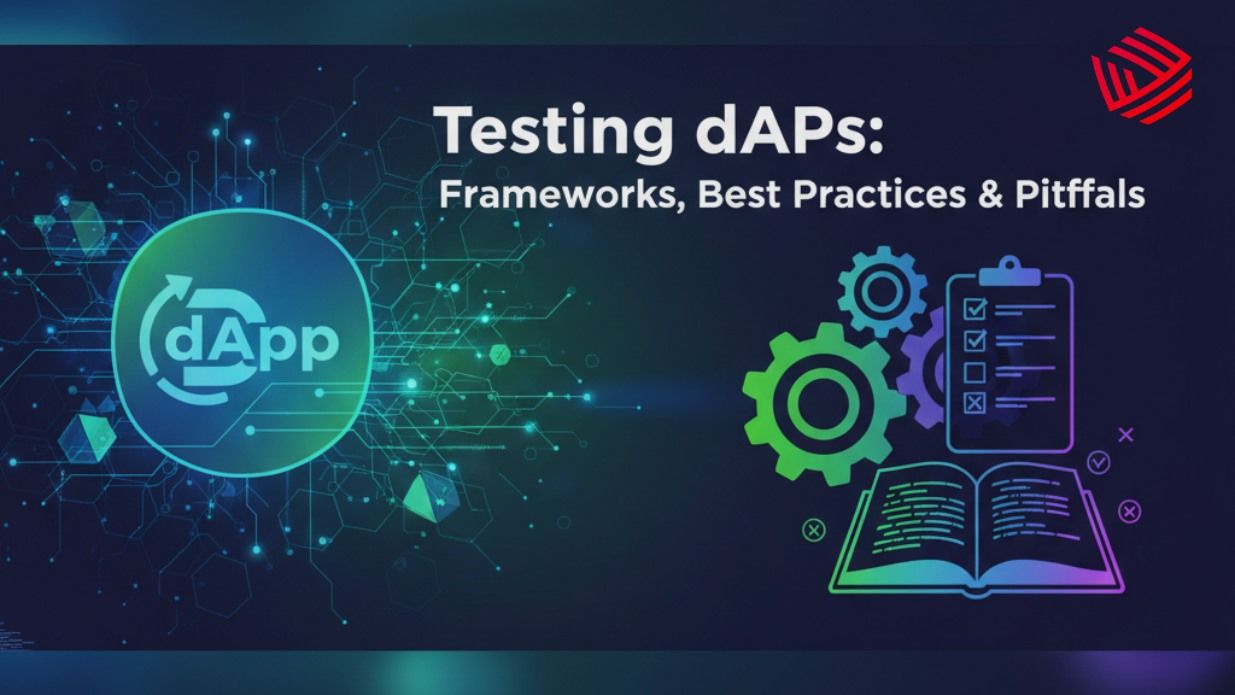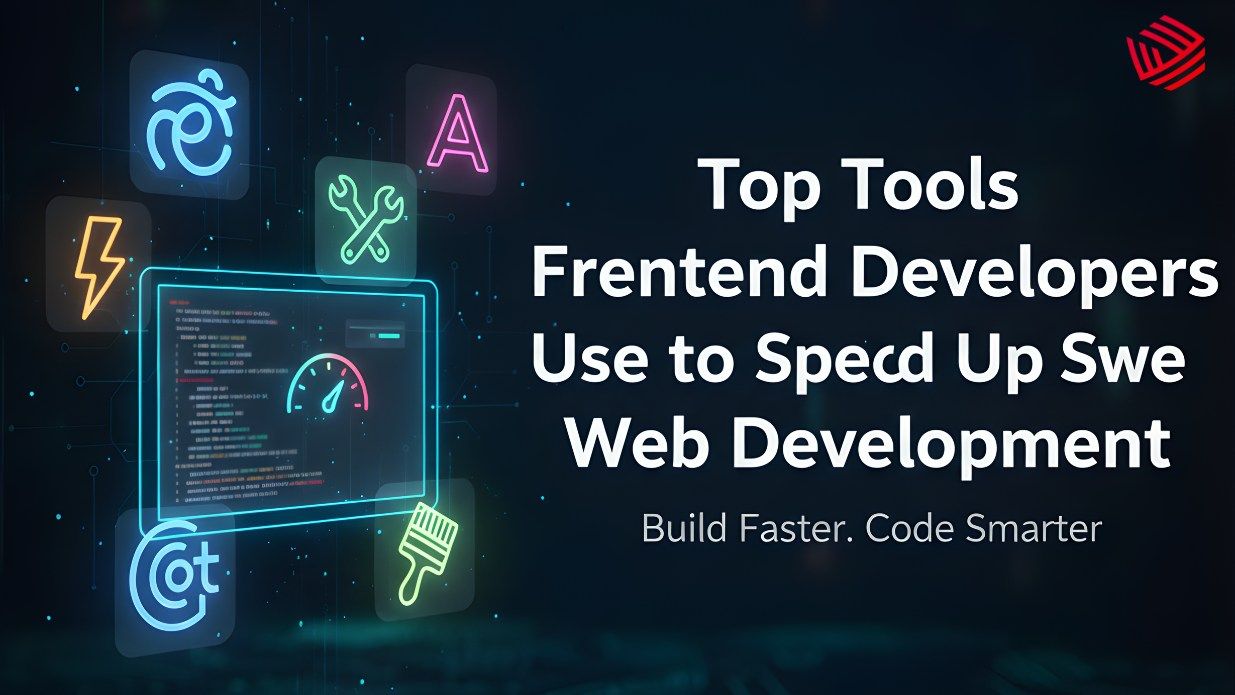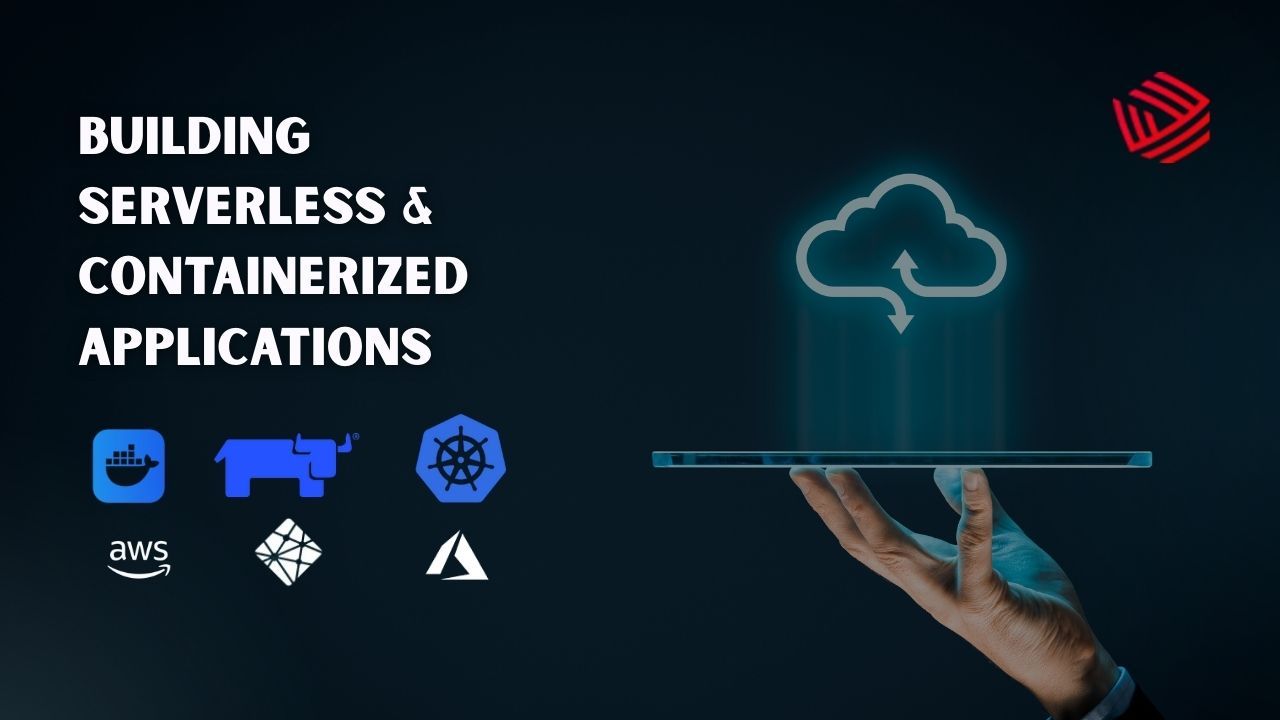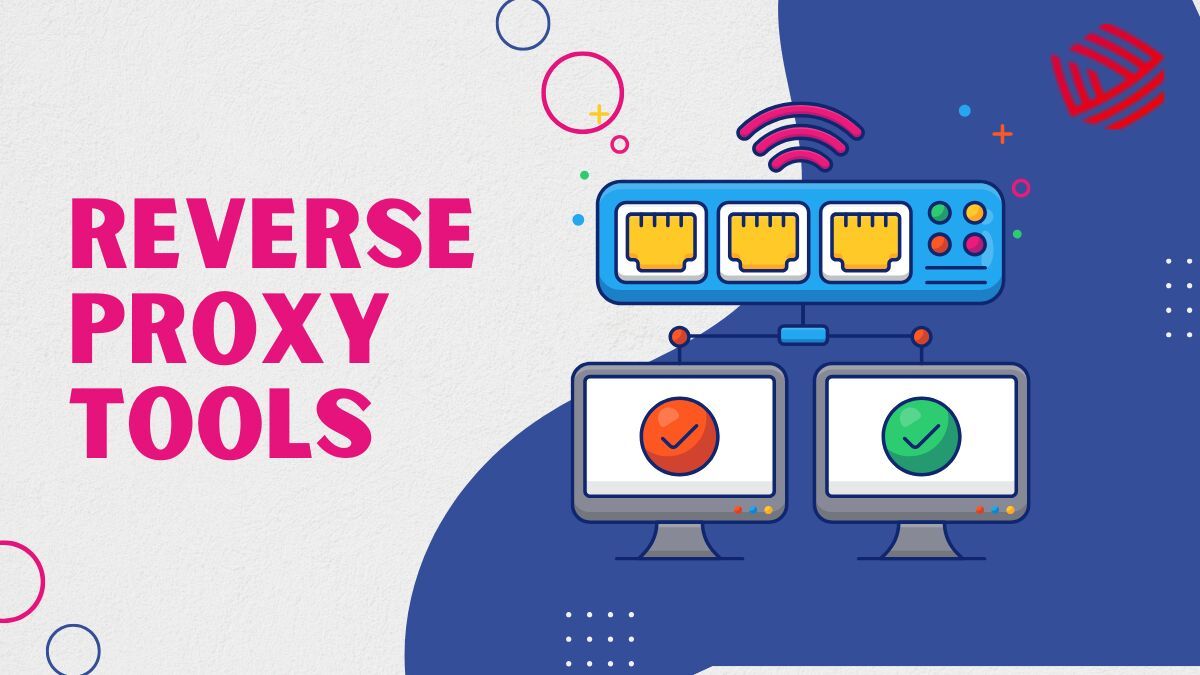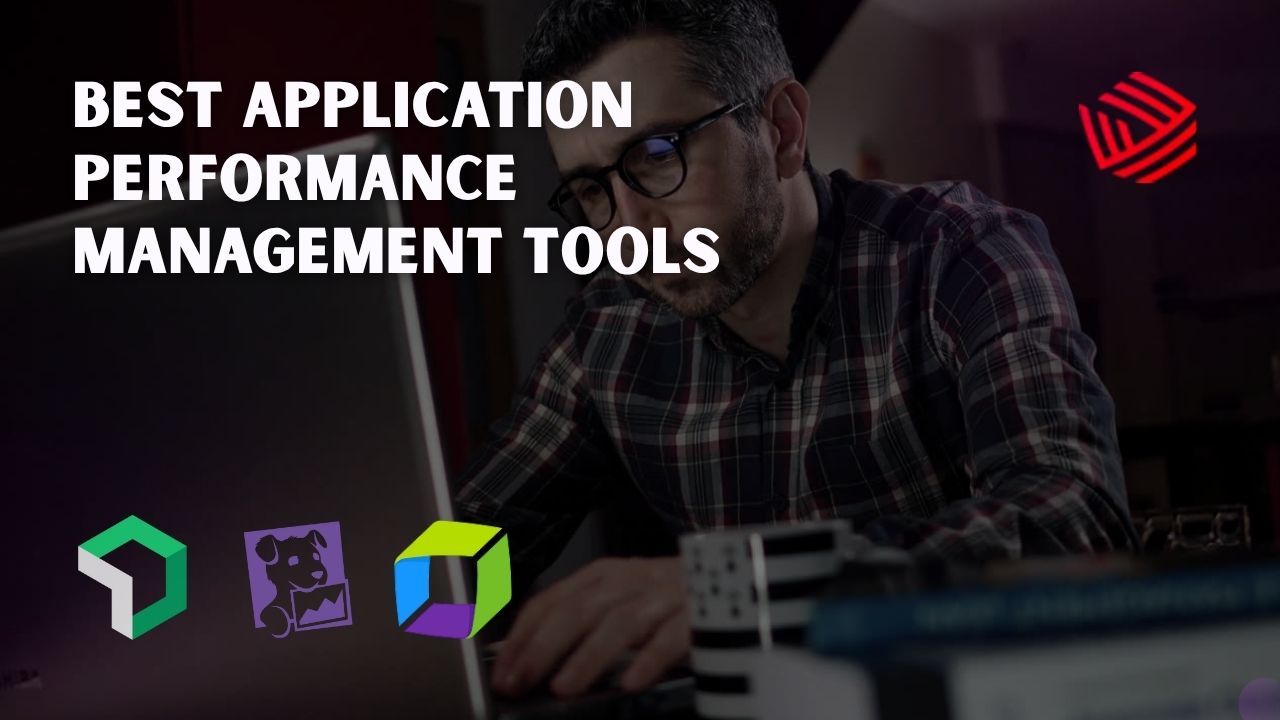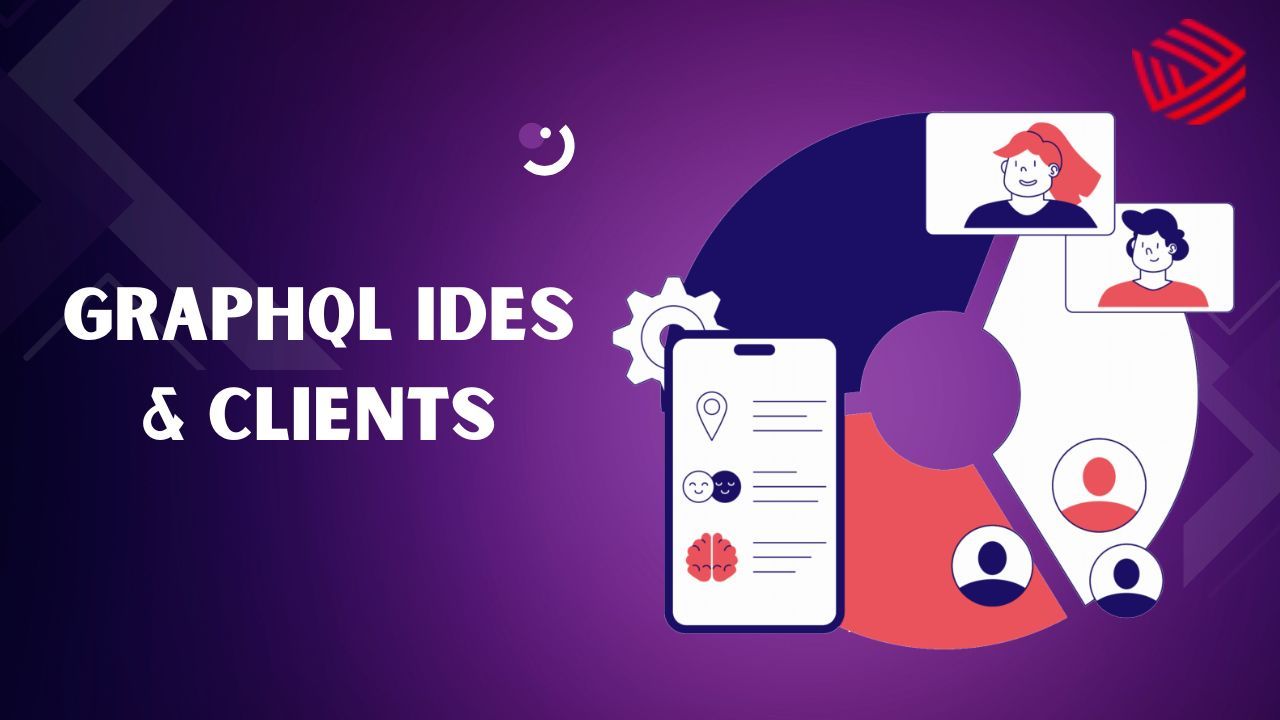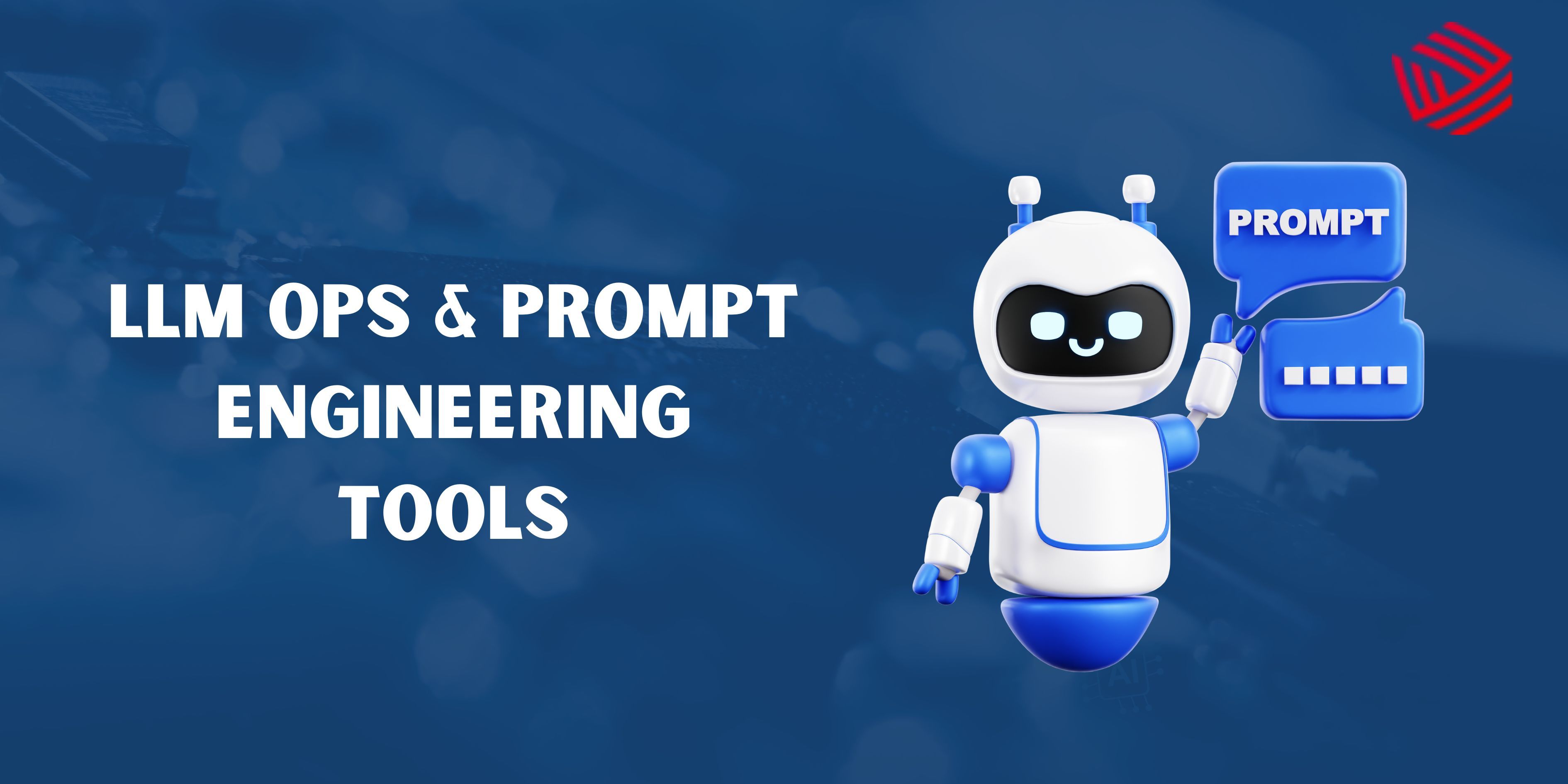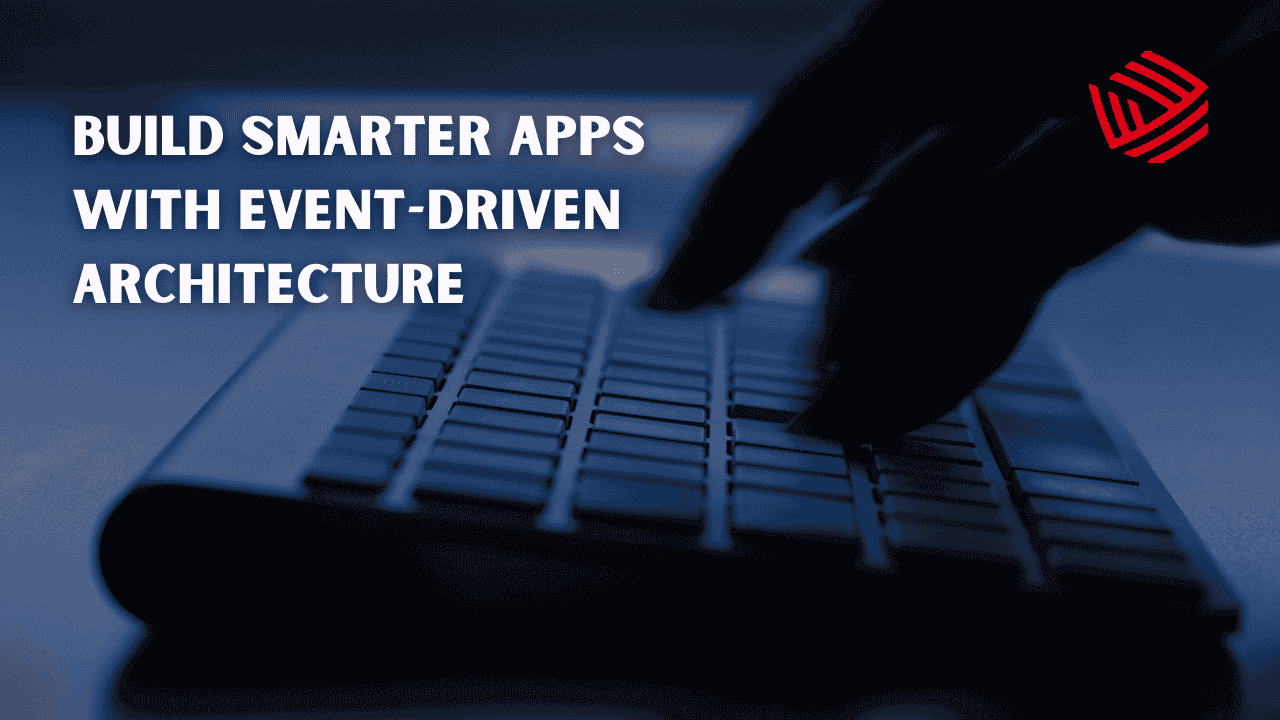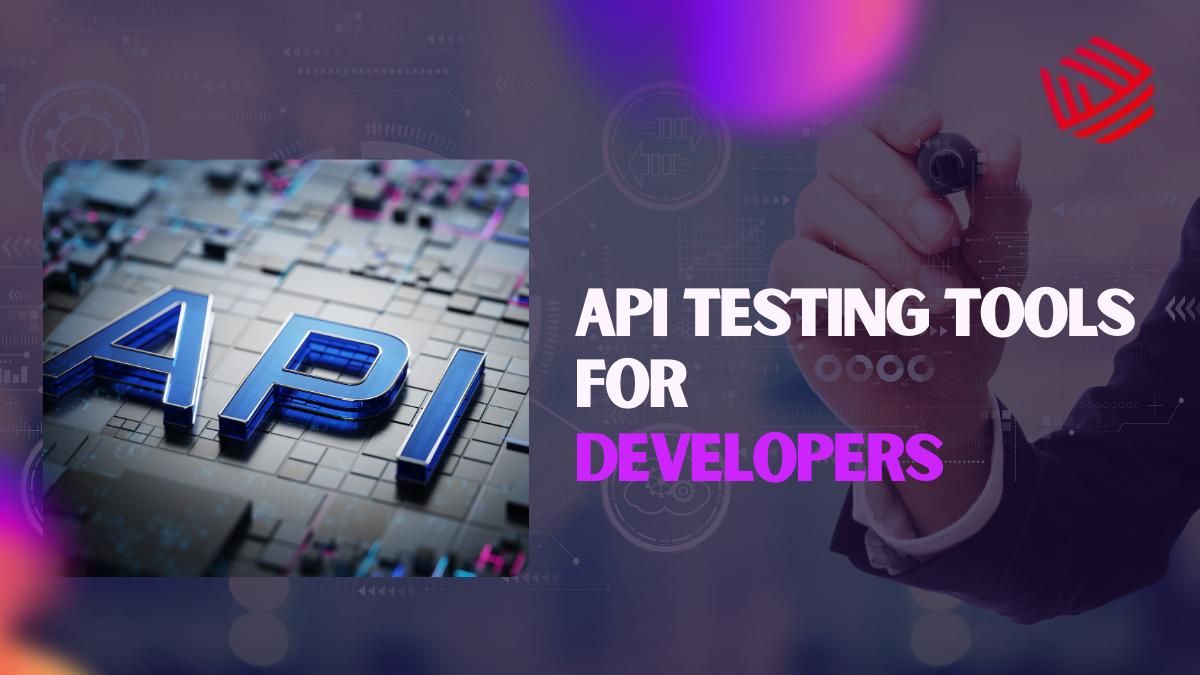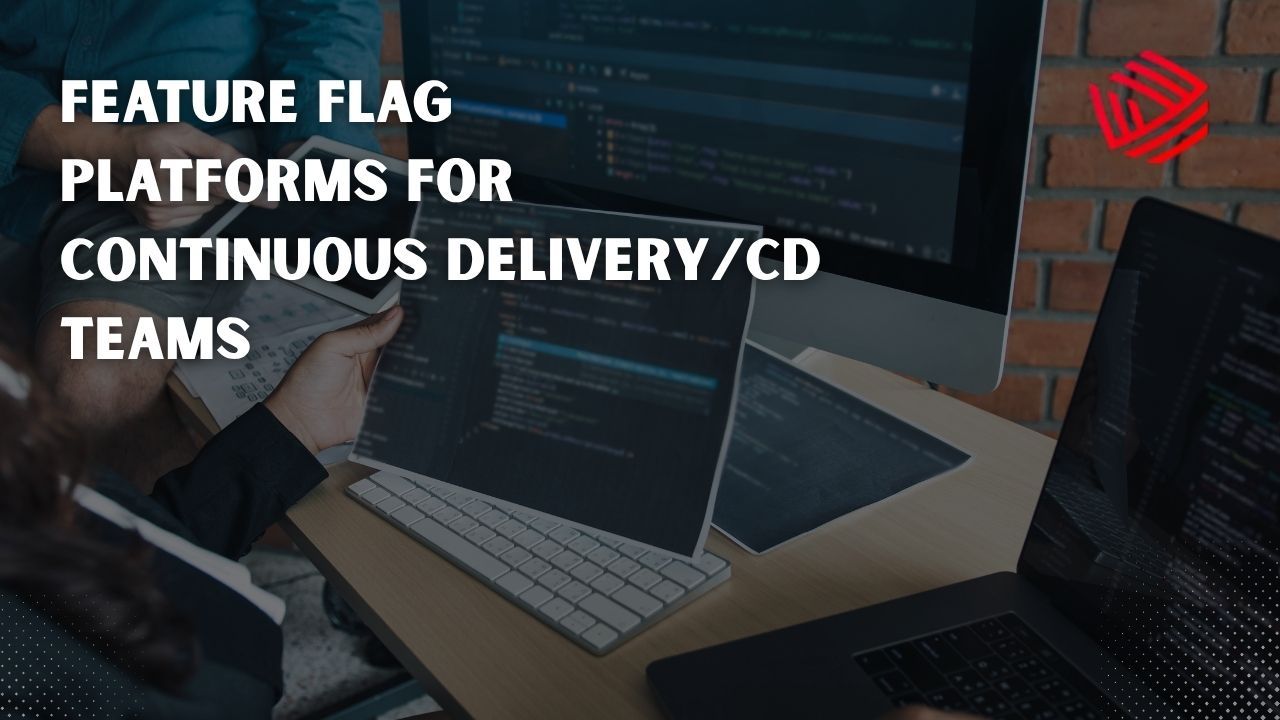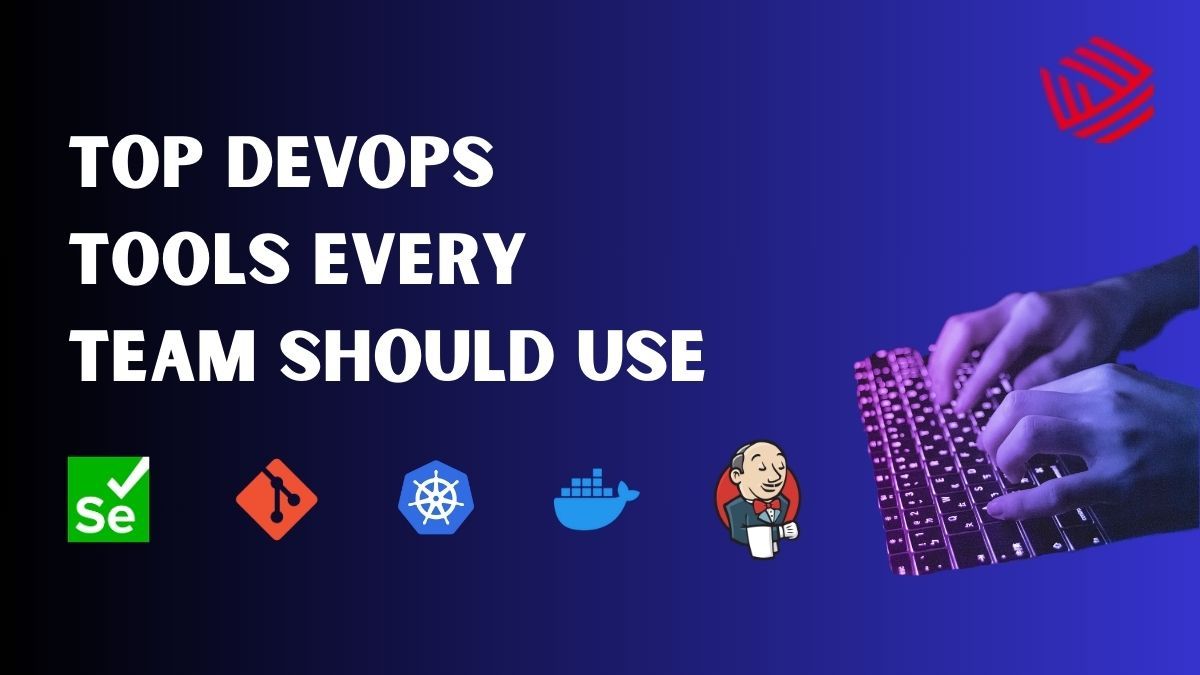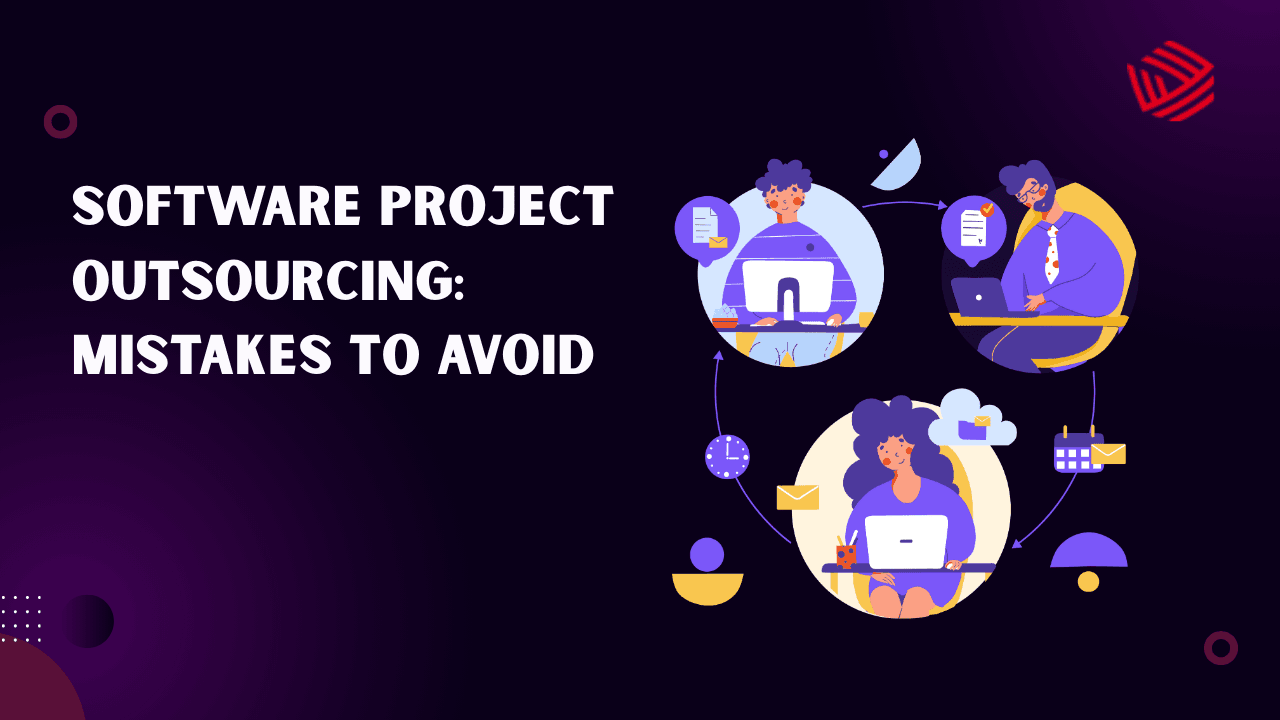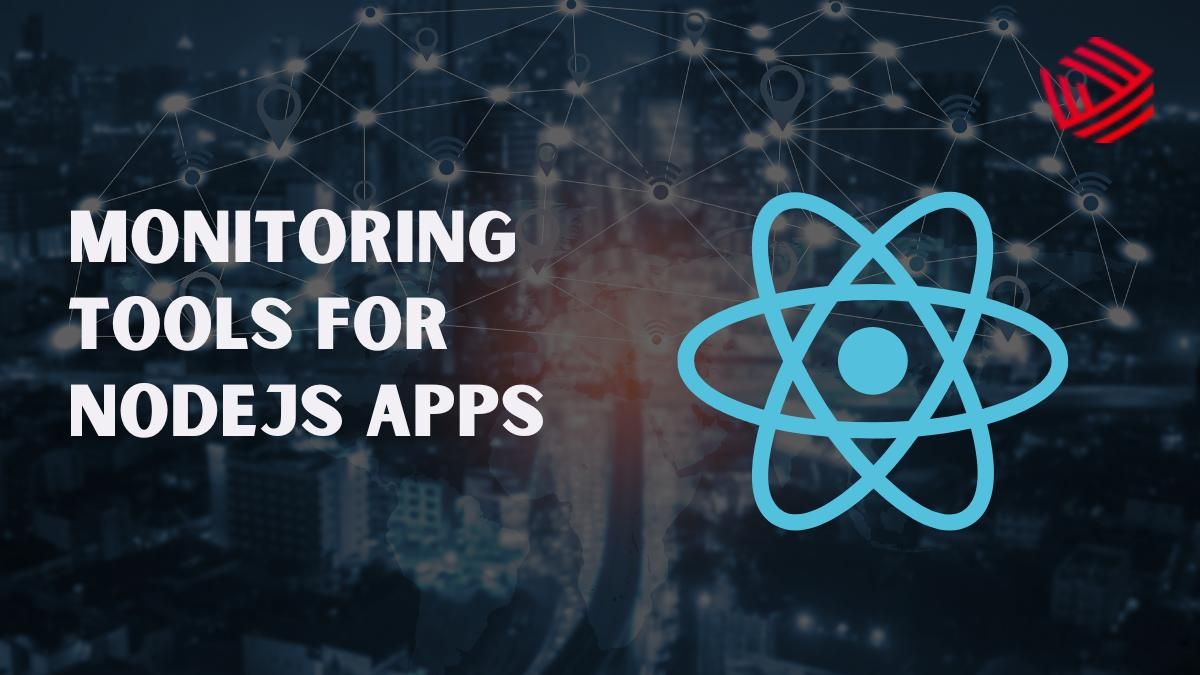As organizations embrace multi-cloud and Kubernetes-native architectures, maintaining compliance and security across dynamic environments has become increasingly complex. Manual reviews and ad-hoc checks can no longer keep pace with the speed of modern DevOps pipelines. Policy enforcement tools solve this by embedding governance directly into code and automation workflows—ensuring that every deployment, API call, and configuration adheres to predefined rules. In this article, we’ll dive into the leading tools that bring structure, visibility, and accountability to today’s cloud operations. As cloud-native applications scale across multiple clusters, teams, and environments, enforcing consistent policies becomes essential. Policy enforcement tools enable organizations to codify rules around security, resource usage, and compliance—turning governance into automated pipelines rather than manual audits. By defining policies as code, these tools reduce risk, detect drift, and help developers and operations teams stay aligned. Let’s explore the top policy enforcement tools that make this possible.
1. Open Policy Agent (OPA)
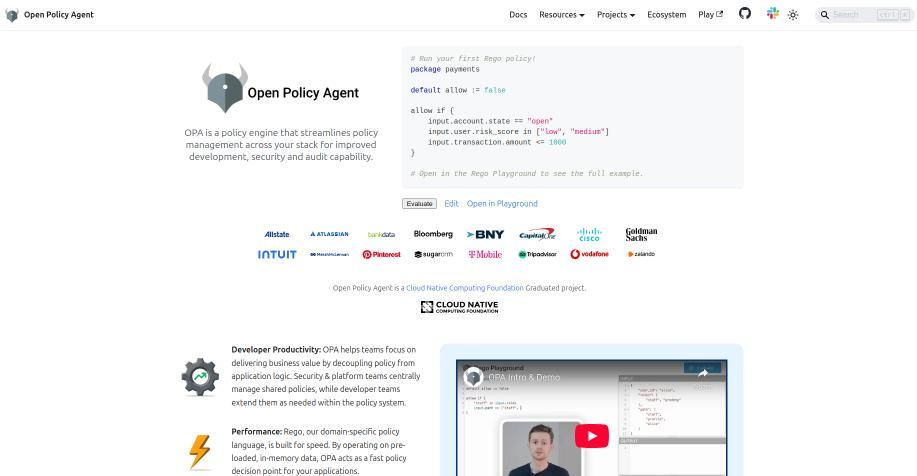
Open Policy Agent (OPA) is the de facto open-source standard for policy-as-code in cloud-native systems. It integrates with Kubernetes admission controllers, CI/CD pipelines, API gateways, and custom services. Using its Rego language, teams can write declarative rules that enforce everything from RBAC permissions to infrastructure configurations. OPA’s versatility extends beyond Kubernetes. Many enterprises use it for authorization, data access, and API-level policy decisions across microservices. With integrations into Envoy, Terraform, and Gatekeeper, it supports both runtime and admission-time policy checks, making it a cornerstone in modern cloud security strategies.
| Pros | Cons |
| Highly extensible and vendor-neutral | Rego language has a steep learning curve |
| Works across multiple environments (K8s, APIs, Terraform) | Requires setup for observability and debugging |
| Scales easily for enterprise-wide policies |
2. Kyverno
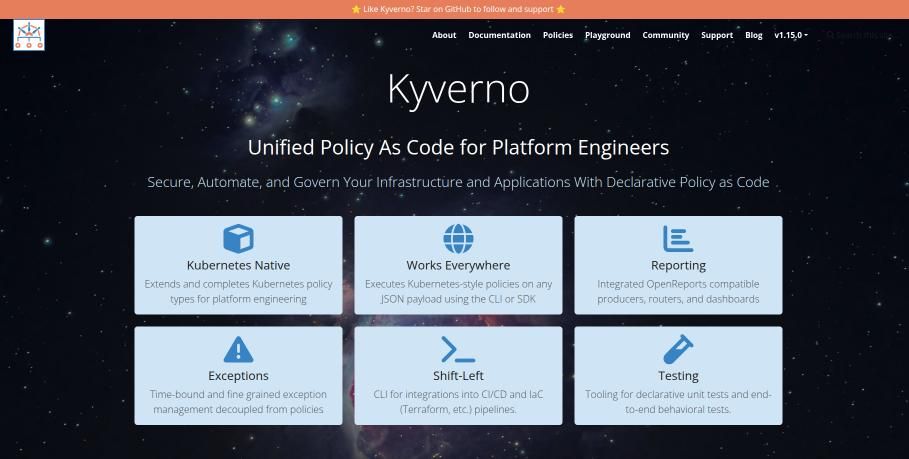
Kyverno is a Kubernetes-native policy engine that allows users to define, validate, mutate, and generate configurations using YAML—no need to learn a new policy language. It integrates directly with Kubernetes admission controllers and provides built-in policy templates for common compliance needs. Because Kyverno policies use familiar Kubernetes syntax, it’s often the first choice for platform teams looking to enforce pod security, resource quotas, and labeling standards. It also supports background scanning and reporting, ensuring that all resources—even those not recently deployed—remain compliant.
| Pros | Cons |
| Native Kubernetes syntax—no new DSL to learn | Primarily focused on Kubernetes environments |
| Supports mutation, validation, and generation | Large policy libraries may slow validation |
| Built-in background scanning |
3. Datree
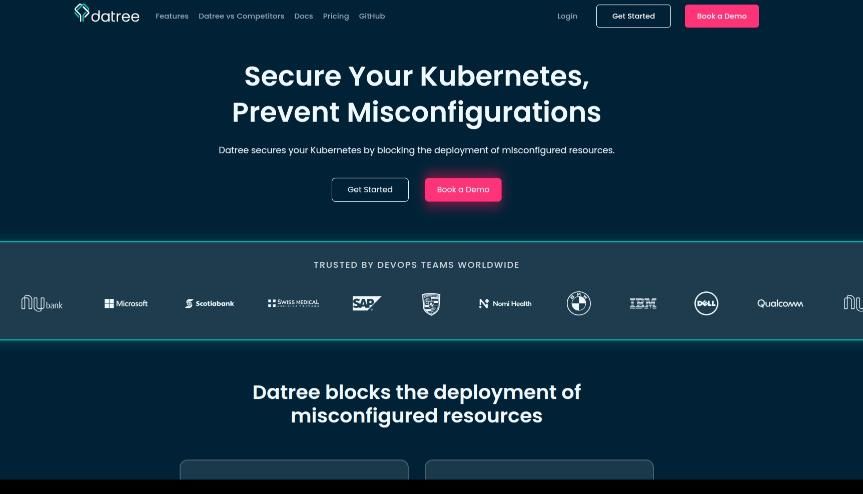
Datree provides pre-deployment Kubernetes policy enforcement. It scans manifests before they are applied, preventing misconfigurations from ever reaching production. The tool helps enforce best practices around namespaces, security contexts, and container images. Datree’s CLI and CI/CD integrations make it a developer-friendly choice. It can be plugged into GitHub Actions or Jenkins to block misconfigured YAMLs early in the workflow. Its dashboards visualize policy trends and help teams identify recurring configuration issues before they multiply.
| Pros | Cons |
| Integrates into CI/CD pipelines | Limited post-deployment enforcement |
| Developer-friendly CLI and dashboard | Some advanced rules require custom setup |
| Great for proactive prevention |
4. Gatekeeper
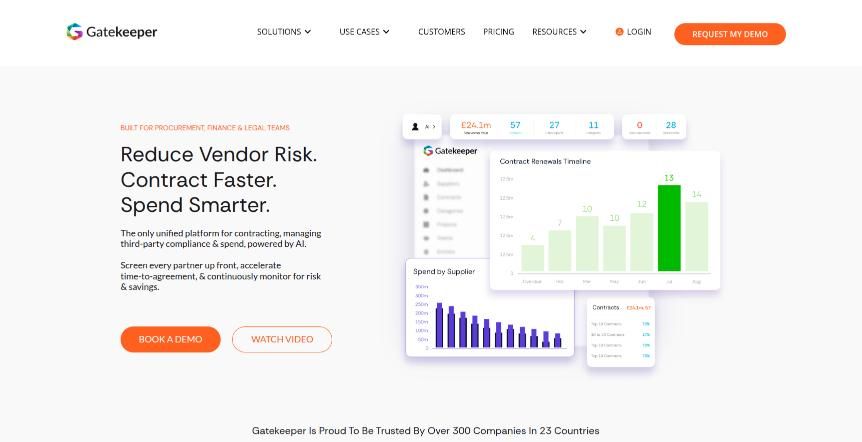
Gatekeeper is the Kubernetes-specific project built on OPA, providing a structured way to apply OPA policies to Kubernetes clusters. It extends Kubernetes admission controllers and adds constraint templates for reusable policies. Gatekeeper helps teams enforce PodSecurityStandards, resource limits, and security contexts automatically. Its audit mode identifies violations without blocking deployments, allowing teams to test policy adoption gradually before enforcing them strictly.
| Pros | Cons |
| Integrates seamlessly with Kubernetes | Steeper setup for custom constraint templates |
| Reusable constraint templates simplify reuse | Requires OPA knowledge for advanced policies |
| Audit mode for gradual enforcement |
5. Styra Declarative Authorization Service (DAS)
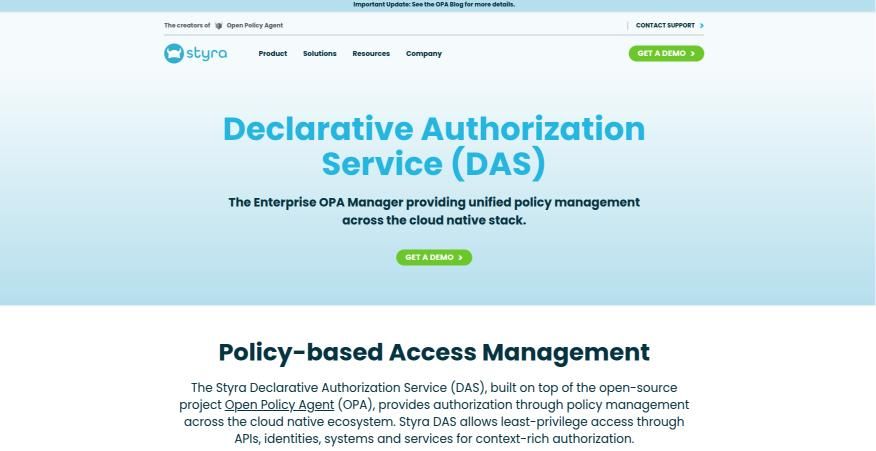
Styra DAS, created by the same team behind OPA, provides enterprise-grade governance and centralized management for OPA policies. It includes dashboards, analytics, and policy catalogs for teams managing OPA at scale. Styra DAS bridges the gap between open-source flexibility and enterprise control. It lets organizations manage hundreds of OPA instances, visualize compliance trends, and implement changes centrally—ideal for security and compliance teams who need more visibility and control.
| Pros | Cons |
|---|---|
| Enterprise-ready policy management for OPA | Commercial solution with licensing costs |
| Visual dashboards and analytics | Some OPA customization may be restricted |
| Centralized visibility for distributed systems |
6. Spacelift
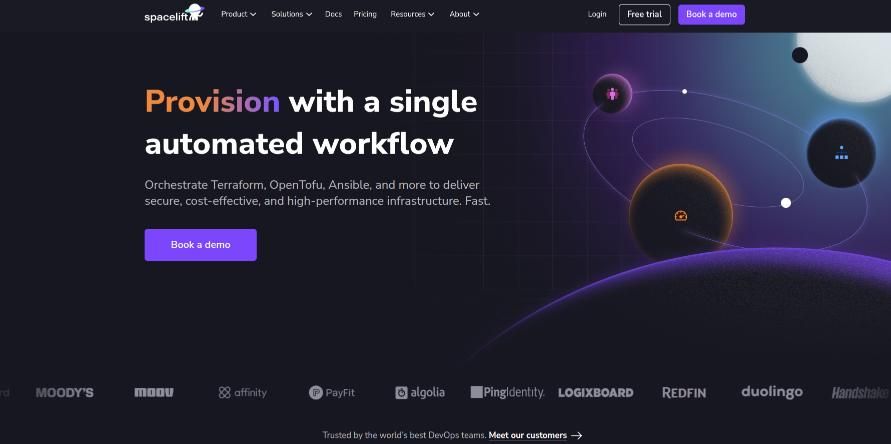
Spacelift extends GitOps and policy-as-code principles to Infrastructure-as-Code (IaC) management. It supports Terraform, Pulumi, and Kubernetes, enforcing rules around infrastructure changes, security guardrails, and cost policies through built-in OPA integrations. Spacelift’s combination of automation and policy enforcement makes it popular among DevOps and Platform Engineering teams. It allows for drift detection, approval workflows, and real-time feedback on pull requests, ensuring that policy checks are a natural part of the deployment lifecycle.
| Pros | Cons |
| Unified GitOps + Policy-as-Code platform | Premium pricing for enterprise tiers |
| Supports Terraform, Pulumi, Kubernetes | Setup may require domain expertise |
| Drift detection and pull request enforcement |
7. Kubewarden
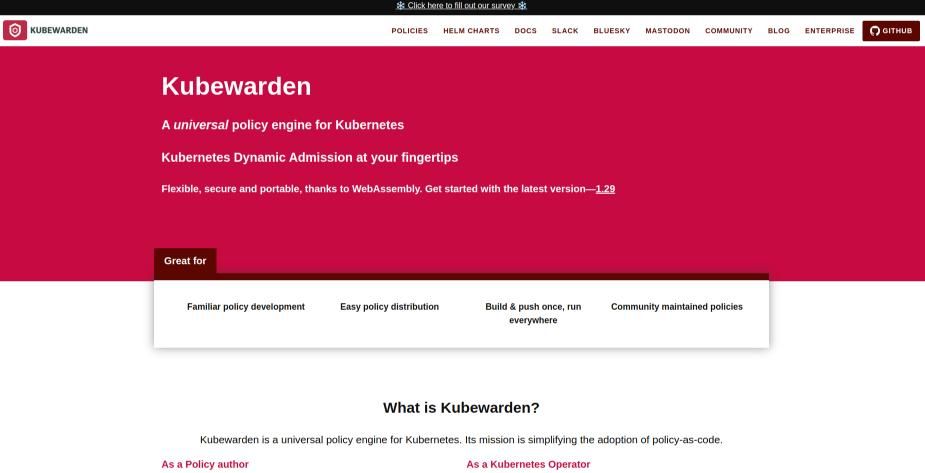
Kubewarden is a modern Kubernetes policy engine powered by WebAssembly (WASM). Unlike traditional engines, it allows writing policies in multiple programming languages, such as Rust, Go, or Python, and distributes them via OCI registries. Kubewarden’s WASM foundation gives it performance and portability advantages. It’s perfect for teams seeking high-speed policy execution, flexible language support, and the ability to run isolated, secure policies without runtime dependencies.
| Pros | Cons |
| Supports multiple languages via WASM | Relatively new ecosystem with fewer policies |
| Portable and fast | Learning curve for policy packaging |
| Secure and sandboxed policy runtime |
8. Azure Policy
Azure Policy is Microsoft’s native governance service that allows enforcing standards, resource tagging, and configuration compliance across Azure environments. It helps prevent policy violations during deployment or resource modification. For organizations running workloads in Azure, this tool provides built-in compliance reports, automatic remediation, and tight integration with Azure Resource Manager. Azure Policy is essential for maintaining cost governance and security standards in enterprise-scale cloud environments.
| Pros | Cons |
| Deep integration with Azure services | Azure-specific—no multi-cloud support |
| Real-time compliance scanning | May require complex rule definitions |
| Supports automatic remediation |
9. Checkov
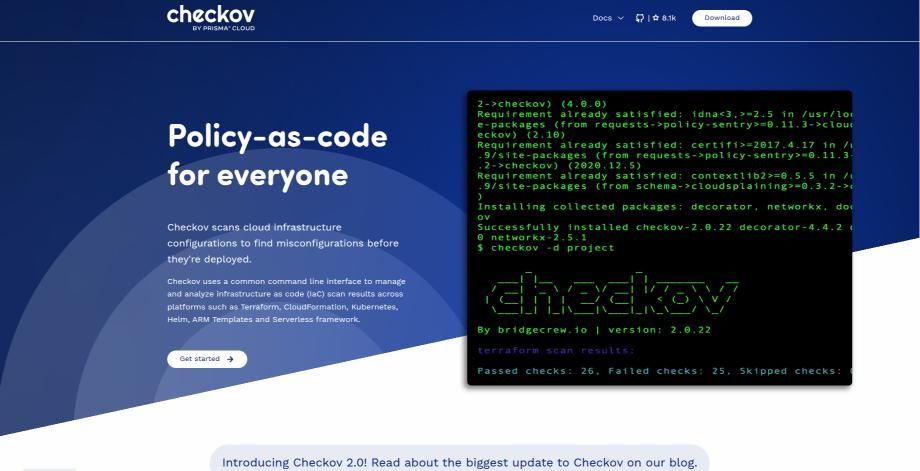
Checkov is an open-source static analysis tool that scans Infrastructure-as-Code files (Terraform, CloudFormation, Kubernetes manifests) to detect security and compliance issues early in development. Checkov enables shift-left policy enforcement, catching misconfigurations before infrastructure is deployed. It integrates easily with GitHub Actions and other CI tools, producing clear, actionable feedback for developers. This makes it a must-have for teams practicing DevSecOps.
| Pros | Cons |
| Supports multiple IaC formats | Focuses on pre-deployment checks only |
| Extensive built-in policy library | Limited runtime enforcement |
| Lightweight and CI/CD friendly |
10. Cloud Custodian
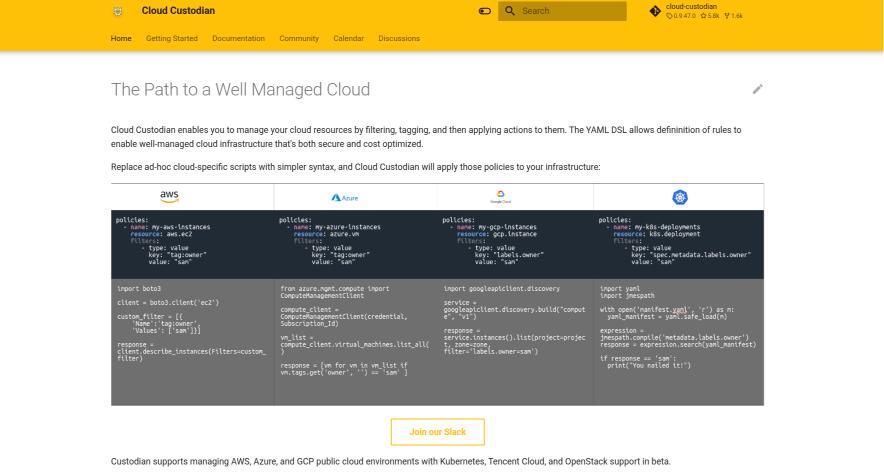
Cloud Custodian is a rules engine that manages and audits live cloud resources across AWS, GCP, and Azure. It uses YAML policies to enforce compliance and automate remediation actions. It’s widely adopted for ongoing cloud compliance management, allowing teams to shut down unused resources, tag assets, and enforce encryption automatically. Cloud Custodian bridges the gap between security and cost governance with a lightweight, declarative approach.
| Pros | Cons |
| Multi-cloud support with automation | YAML syntax may become verbose at scale |
| Supports real-time enforcement and cleanup | Requires dedicated management for large setups |
| Open-source with large community |
Conclusion
Policy enforcement is the backbone of secure, compliant, and predictable cloud-native operations. Whether you’re managing Kubernetes clusters with Kyverno and OPA, extending governance through Spacelift and Styra DAS, or ensuring IaC hygiene with Checkov and Cloud Custodian, these tools bring automation, consistency, and transparency to every layer of your stack. Adopting policy-as-code isn’t just a technical enhancement—it’s a strategic advantage for scaling modern cloud operations securely and efficiently. As DevOps pipelines grow more dynamic, policy enforcement tools have become non-negotiable for maintaining governance and compliance. Solutions like OPA and Kyverno integrate deeply into Kubernetes workflows, while Sentinel and Conftest extend governance across infrastructure and code. Together, these tools empower DevOps teams to automate compliance, improve security posture, and maintain cloud-native agility without compromise.

